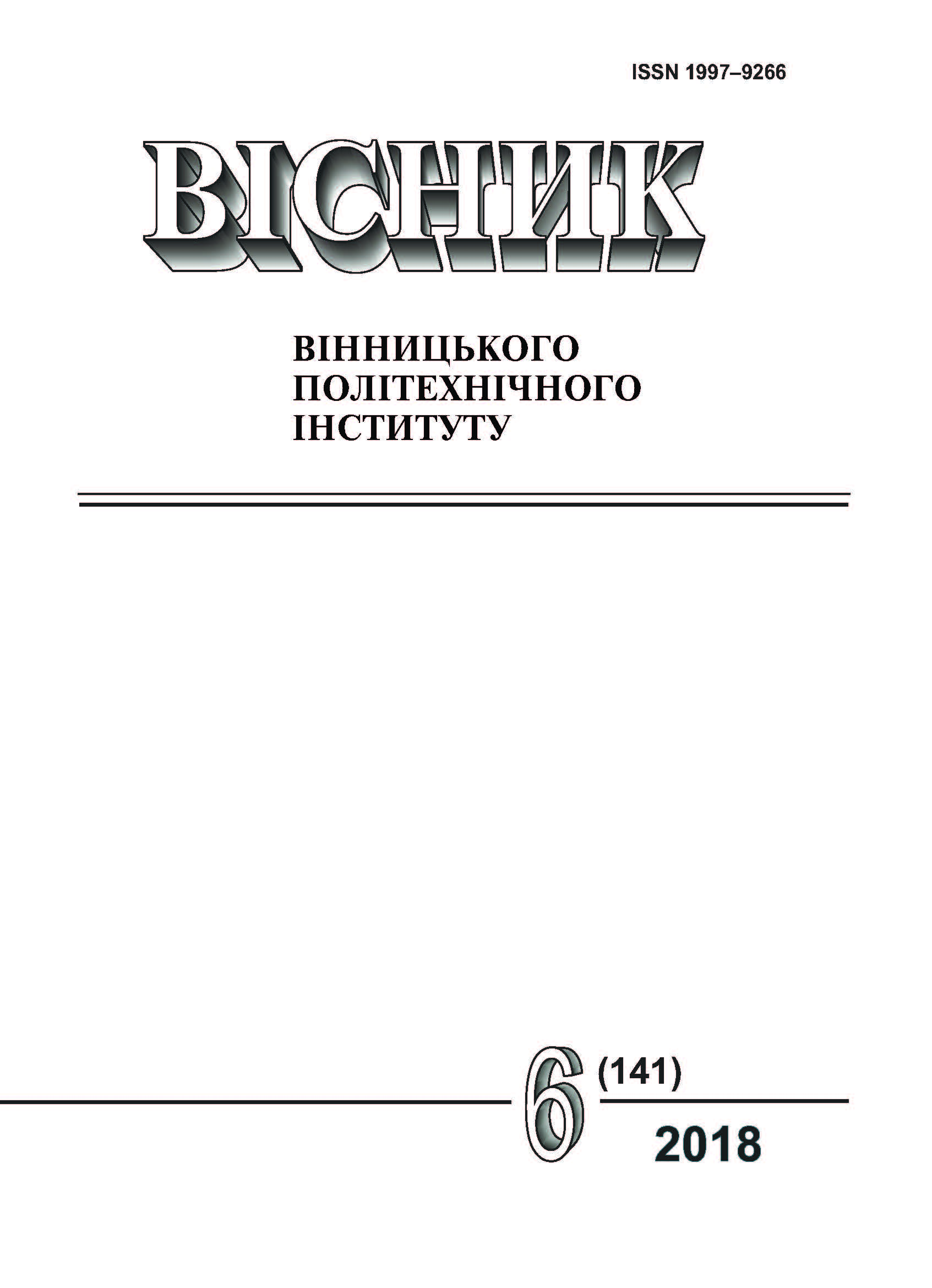The Synthesis of Proloned Grains by the Adsorption of the Elements of Power by Zeolith from Common Steady Water
DOI:
https://doi.org/10.31649/1997-9266-2018-141-6-29-34Keywords:
Zeolite, adsorption, ion exchange, concentration, sedimentation, regeneration, precipitation of magnesium ammonium orthophosphate, hexahydrate (struvite), fertilizerAbstract
The purpose of this study is to develop, based on experimental data, recommendations on the optimum conditions for the deposition of ammoniacal nitrogen from ion exchange regenerator for its further use as ammonium fertilizer.
In these studies, ion-exchange material natural zeolite of the Sokirnitsky deposit until a breakthrough was reached, after which the ion-exchange material was regenerated by pumping 30 g/l NaCl through it. The maximum saturation of ion-exchange material was determined by increasing the electrical conductivity of the solution at the exit from the column.
The analyses were done at various molar ratios of magnesium and phosphate ions and at various pH values. The obtained data was compared to the initial concentrations in the model solution of the corresponding ions to determine the deposition efficiency. It was established that the maximum efficiency of ammonium nitrogen removal at its initial concentration in the regenerate 470 mg/l is achieved at approx. 8,5 pH level with Mg2+ : NH4 +: PO43– = 1,5 : 1 : 1,5 correlations.
Based on the results of the best options, deposition of real concentrates of ion exchange was carried out. The degree of NH4+-N ion deposition for concentrate extracted from zeolite was 93,91%, that means, that results almost not differ from the values of samples concentrates.
Moisture level was set during mineral fertilizersdrying. Based on the values of the moisture we determined content of the precipitate, which is close to the number of water molecules to the formula of fertilizer MgNH4PO4× 4,5H2O. The comparative thermal analysis of chemical precipitation products and pure struvite was performed. The optimal conditions were identified to experience the maximum efficiency of simultaneous removal of ammonium nitrogen and phosphate ions from wastewater, forming MgNH4PO4 · 4,5 ÷ 6H2O. Recommendations on the use of the obtained product as a fertilizer were elaborated.
References
G. Sakalova, et al., “Perspectives of integration the technology of ion-exchanging ammonium extraction from the system of municipal drain water purification,” Ukrainian Journal of Ecology, vol. 8, no. 1, pp. 568-572, 2018. https://doi.org/10.15421/2017_250.
М. С. Мальований, В. В. Дячок, та Я. М. Сахневич, «Аналіз перспектив очищення стоків харчових виробництв,» Екологія довкілля та безпека життєдіяльності, № 5, с. 72-75, 2008.
M. Malovanyy, G. Sakalova, N. Chornomaz, and O. Nahurskyy, “Water sorption purification from ammonium pollution,» Chemistri & Chemikal technology,” vol. 7, no. 3, pp. 355-358, 2017.
А. М. Мальований, М. С. Мальований, Й. Й. Ятчишин, та Е. Плаза, «Концентрування амонію зі стічної води з використанням колонних апаратів та іонообмінних матеріалів,» Экология и промышленность, № 4, с. 71-78, 2011.
Р. В. Петрук, А. П. Ранський, та В. Г. Петрук, Комплексна переробка фосфоровмісних пестицидів до екологічно безпечних продуктів та рекультивація забруднених грунтів. Вінниця, Україна: ВНТУ, 2014.
Y. Tulaydan, M. Malovanyy, V. Kochubei, and H. Sakalova, “Treatment of high-strength wastewater from ammonium and phosphate ions with the obtaining of struvite,” Chemistry & Chemical Technology, vol.11, no.4, pp.463-468, 2017. https://doi.org/10.23939/chcht11.04.463.
Downloads
-
PDF (Українська)
Downloads: 209
Published
How to Cite
Issue
Section
License
Authors who publish with this journal agree to the following terms:
- Authors retain copyright and grant the journal right of first publication.
- Authors are able to enter into separate, additional contractual arrangements for the non-exclusive distribution of the journal's published version of the work (e.g., post it to an institutional repository or publish it in a book), with an acknowledgment of its initial publication in this journal.
- Authors are permitted and encouraged to post their work online (e.g., in institutional repositories or on their website) prior to and during the submission process, as it can lead to productive exchanges, as well as earlier and greater citation of published work (See The Effect of Open Access).





